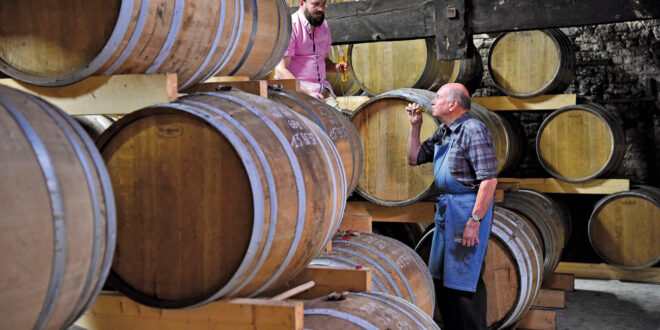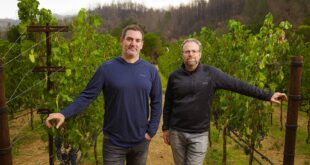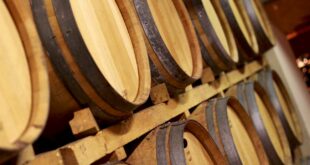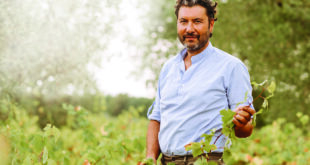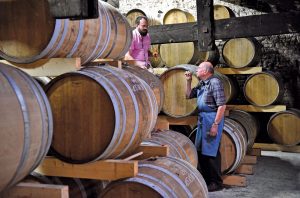
The great houses of Cognac and Armagnac are rooted in family names – from the arrival in the Charente of Jersey native Jean Martell in 1715, to the decision nine years later by local wine-grower Re?my Martin to start bottling spirit under his own name.
Hennessy Cognac founder Richard Hennessy was an Irish officer in the army of Louis XV, while Emmanuel Courvoisier laid the foundations for the eponymous Jarnac Cognac house when he joined Louis Gallois in business in 1796. Further south, in the town of Condom, Pierre Etienne Janneau started his Armagnac business, in association with Joseph Dubourdieu, in 1851.
Over the centuries, these leading producers have passed into the hands of multinational companies and large conglomerates – in late 2023, it was announced that Italy’s Campari Group had agreed to buy Courvoisier from the Beam Suntory group in a deal worth up to US$1.2bn. Family business, you might say, has become big business.
But, beyond these mega-brands, family connections still run deep in both regions, and in the vineyards and cellars of some of their most quality-conscious producers.
Generation game
Some of these links march back through the centuries. The Frapin family have been wine-growers in Cognac since 1270 – that’s 21 generations and counting. They’ve been bottling supremely elegant and expressive Cognacs from their 240ha of vines at Cha?teau de Fontpinot for just over a century now.
By contrast, the Camus clan are relative striplings, numbering just five generations since the house was established in 1863. Over the years, Camus has become synonymous with a range of luxuriously packaged, high-end Cognacs, having an indelible association with the small Borderies cru area, where they farm 188ha of vines.
Cognac can be a small world, too. The Fillioux family boasts a strong association with Hennessy, having for several generations provided the Master Blender for the industry’s dominant producer, and played a key role in the creation of the iconic Hennessy XO. In 1880, however, a spur of the Fillioux family tree broke off when Honore? Fillioux sold his Hennessy shares and began a new Cognac venture.
Today, Cognac Jean Fillioux continues to make up to 3,000 12-bottle cases of Cognac a year at its La Pouyade estate near Juillac-le-Coq, and remains 100% independent, family-owned and intent on expressing the character of Grande Champagne, the small cru area at the heart of the region, centred around Segonzac, where the thin clay-based, chalk-rich soils produce spirits of the greatest finesse and long-ageing quality. Such ventures, says current owner Christophe Fillioux, are vital to perpetuating the diversity of Cognac: ‘There are so many exciting bottlings to discover, fascinating stories, fantastic blends, or vintages,’ he says. ‘It is our role as producers to “fight” and keep offering diversity to our audience.’
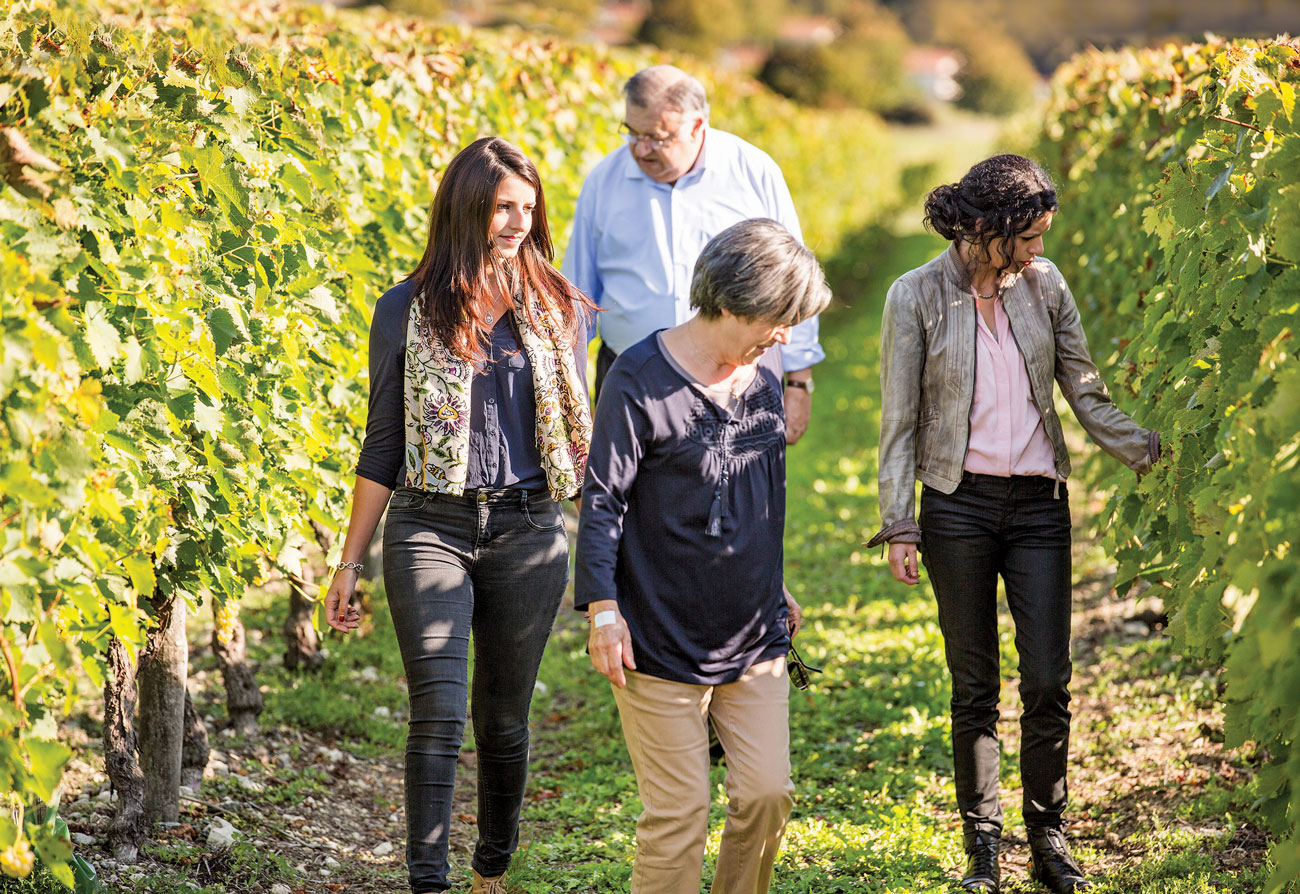
Pauline Trijol (above, left). Credit: Deepix
Keeping it in the family
A few miles to the west, the Trijol family had been making its own Cognac for more than a century when wine and spirits broker Maxime Trijol set himself up as a professional distiller in 1962. Today, the distillery at St-Martial-sur-Ne?, on the border between the Grande and Petite Champagne cru areas, is one of the largest privately owned operations in the region, with 22 Charentais pot stills operating 24 hours a day for six months of the year.
The Trijols distil for clients – including some of the most famous names in the region – but they also make a uniformly excellent selection of their own Cognacs under the Maxime Trijol name. What’s particularly admirable is that, while the Grande Champagne VSOP and XO bottlings catch the eye with their crisp florals and elegant precision, the ‘Classic’ variants – which draw on a range of crus including Fins Bois (an extensive area,…
Source : https://www.decanter.com/spirits/family-values-in-cognac-and-armagnac-523265/
